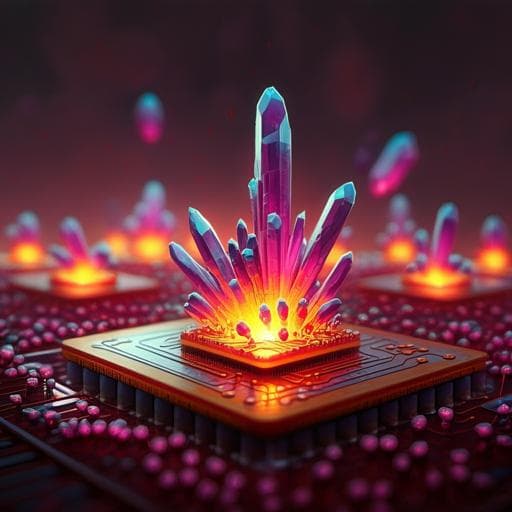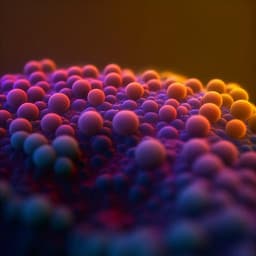
Engineering and Technology
Tuning the light emission of a Si micropillar quantum dot light-emitting device array with the strain coupling effect
Y. Mo, X. Feng, et al.
Explore the groundbreaking development of a Si-based quantum dot light-emitting device (QLED) array by Yepei Mo, Xiaolong Feng, Li Zhang, Renhou Han, Rongrong Bao, and Caofeng Pan. This innovative research uncovers how the strain coupling effect can wonderfully enhance electroluminescence, paving the way for advancements in electronic skin and human-machine interfaces.
~3 min • Beginner • English
Related Publications
Explore these studies to deepen your understanding of the subject.







